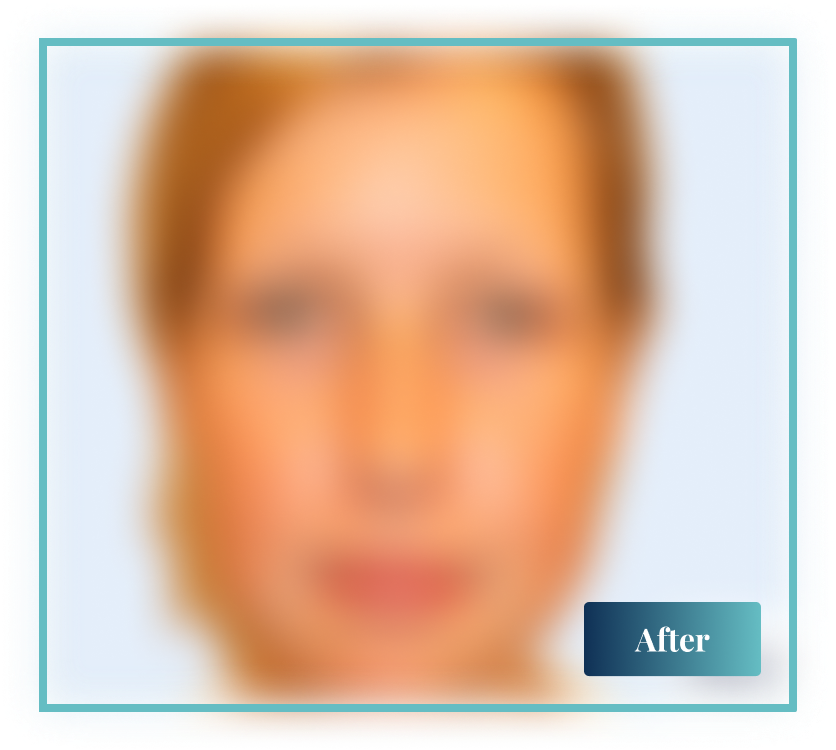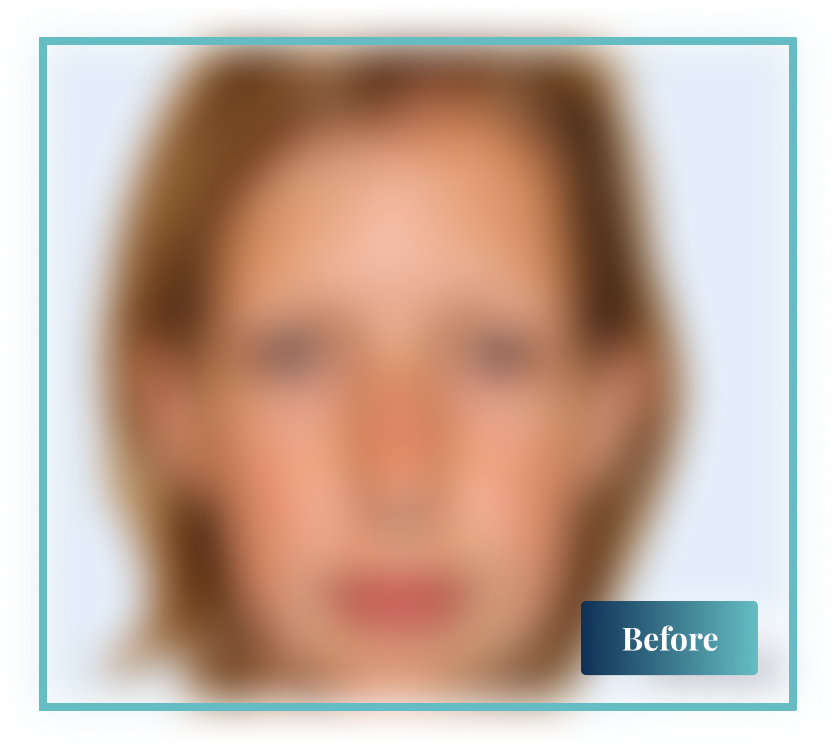What is a Facelift?
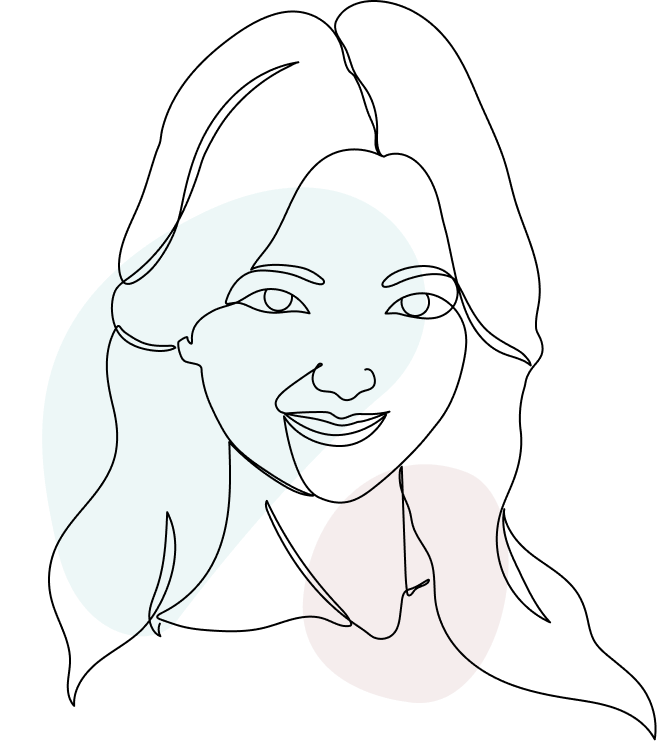
Who May Benefit
Individuals with excess skin that contribute to a heavy look.
Adults with deep creases around the nose and mouth area.
Those with a noticeable loss of facial volume or definition.
Patients in good health looking to address their appearance.
Who is an Ideal Candidate?

Age
Adults aged 40 and older with visible signs of ageing.

Health Status
Individuals in good overall health without significant medical conditions.

Expectations
Those with realistic expectations regarding surgical outcomes.
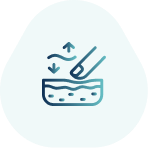
Skin Elasticity
People with sufficient skin elasticity for optimal results.
How is the procedure performed?

Anaesthesia Administration
The procedure begins with the administration of anaesthesia, which can be either general or local, depending on the patient's needs and the extent of the surgery.

Incision Creation
The surgeon makes incisions along the hairline and around the ears to reduce visible scarring, allowing access to the underlying tissues.

Tissue Tightening and Closure
Excess skin and fat are removed, underlying tissues are tightened, and the incisions are closed with sutures to modify facial contours.
What is the Recovery like?
- Initial swelling and bruising are common, lasting about two weeks.
- Pain and discomfort can be managed with prescribed medications.
- Patients should avoid strenuous activities for at least four to six weeks.
- Most individuals return to work and regular activities within two to three weeks.
What are the Risks?
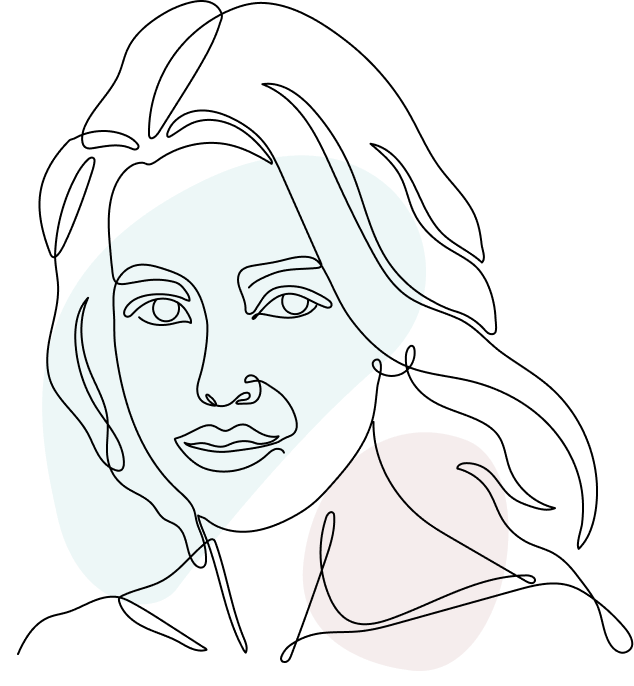
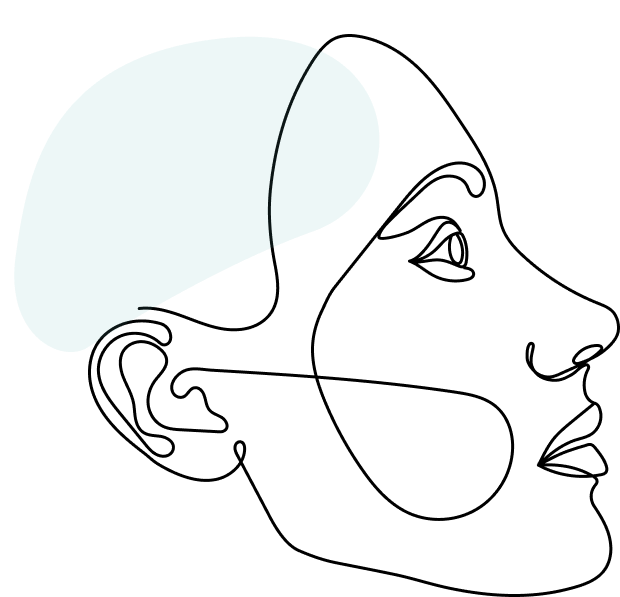
What are the Costs?

Get In Touch
Procedure Form

Experienced Plastic Surgeon
Dr. Mark Kohout
A qualified plastic surgeon who operates with care and integrity, based in central Sydney with over 20 years of experience in the cosmetic field. His extensive training and experience assures patients they are in highly trained surgical hands. Dr. Kohout is a dedicated, friendly professional who is committed to providing the high quality care, support and results, alongside his compassionate team.
Dr Mark Kohout (MED0001133000)
Specialist Plastic Surgeon
Specialist registration in Surgery – Plastic Surgery
25
Years of Experience
Years of Delivering Exceptional Cosmetic Care.
1000+
Successful Procedures
Successful Procedures Performed by our Experienced Surgeons.
15+
Available Treatments
Cosmetic treatment options tailored to your needs.
Our Trusted
Accreditations





